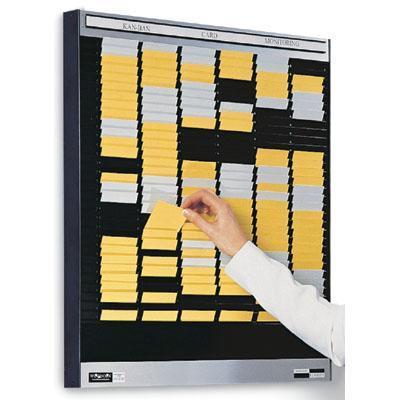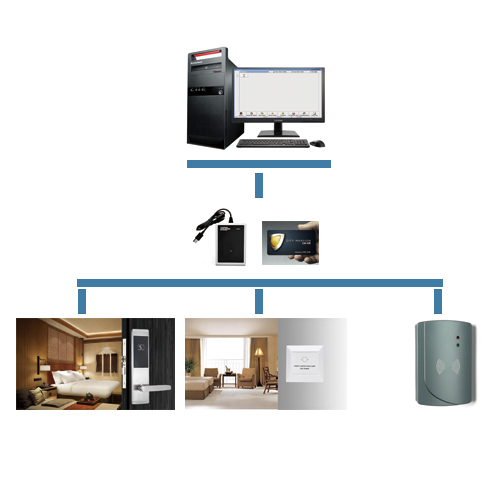

Hotel key cards are access cards with the least amount of stored information, thus limiting the possibilities of misuse. Additional information that can be stored on a key card comes down to four key pieces of information: While key cards do come with some risks, detailed financial information is not one of them. The fact is, the majority of hotel key cards store only room numbers and dates of stay. For example, many people believe that the cards contain sensitive user data, such as personal or financial information. The most common myths about key cards are related to the information stored on them. They use microchips to store data and although they are more expensive, they are the preferred solution for hotels seeking to modernize their processes. Usually for proximity cards, the user will need to almost touch the RFID reader to unlock the door. RFID cards belong to the group of contactless cards. They use radio frequencies to enable access from a programmed short distance (hence the term "proximity"). RFID or proximity cards don’t require the swiping motion. As a general rule, the access process is completed by swiping the card through the magnetic reader. The key card door lock is triggered once the magnetic strip is read and verified by the hotel door card reader. Personnel at the hotel desk will imprint the user information at check-in and usually set a time limit for its use until checkout.

Typically, the user access number is the most identifiable information stored on the card.

Magnetic stripe cards have a magnetic layer or a strip which contains basic information of the hotel guest. How do mag stripe cards unlock hotel doors? For example, if a guest has booked a penthouse suite, on a floor that should be restricted to everyday users, smart cards along with advanced door readers can make this process a breeze! To learn more about elevator access control systems specifically, check out our guide. We mentioned earlier that smart cards could also be used to grant holders unique access to elevators. For instance, one group can have access to open the hotel lobby door or the staff toilets, but only within a certain period in the day if the administrator chooses to implement a specific window of time for access. Modern hotel access management systems enable grouping the door locks with a number of users, providing access to the same group, as well as an audit trail of who opened the door and when. Hotel key cards are used with door card readers installed on each door lock and can be programmed to open specific doors in defined time periods. This streamlines the financial management of the hotel and creates a smoother experience for the hotel guest. With their enhanced security and encryption standards, smart cards collect the information from every step of the holder's journey in the facility and allow the hotel to get a joint record of all their expenses at once, rather than tallying the bills from separate places in the same building. A smart card can be used to grant the holder access to facilities beyond the hotel room, such as restaurants, gyms, pools, laundry, conference rooms, and any other amenity that requires secure access in the building. Smart cards can include a wealth of additional information about the user (whoever the card is assigned to). All of these access methods are common parts of a traditional access control system.Īn example of a hotel punch card, a very old system that is rarely used todayĪll of the above examples are based on different technologies but provide the same functions for door access control. These can be used to access rooms, use elevators and access specific areas of the building. But there are other alternatives to hotel access, such as proximity (RFID) cards, access cards with holes, photo ID cards, barcode cards, and smart cards. Magnetic stripe cards are also known as 'swipe cards'. Some hotels use access cards with magnetic strips, ('mag stripe cards' for short).
PROUSB HOTEL CARD SYSTEM SERIAL KEY HOW TO
Here's a complete breakdown of hotel keycards and some info that might surprise you with how vulnerable they really are to hacking, along with some suggestions on how to modernize them. People generally think of hotel doors as being highly secure, when in fact the technology securing them is likely out-of-date and in sore need of modernizing. You also might have some questions about how they work and how secure they are. Chances are you’ve probably got a hotel key card more than once in your life to access a room. Most, if not all, guest management systems in hotels use hotel key cards.


 0 kommentar(er)
0 kommentar(er)
